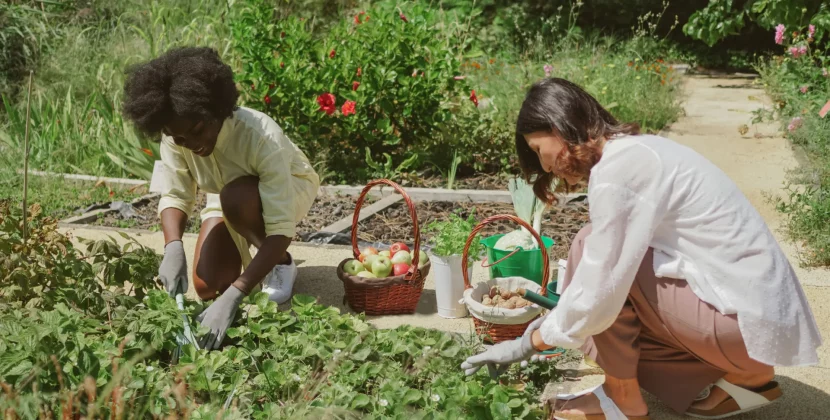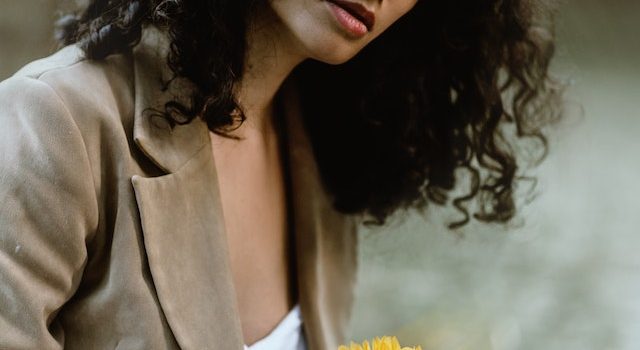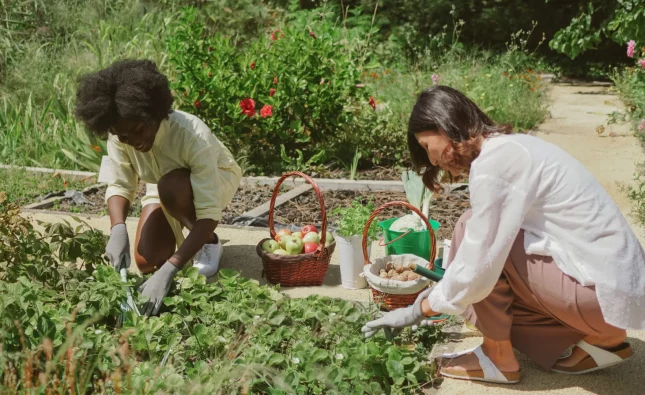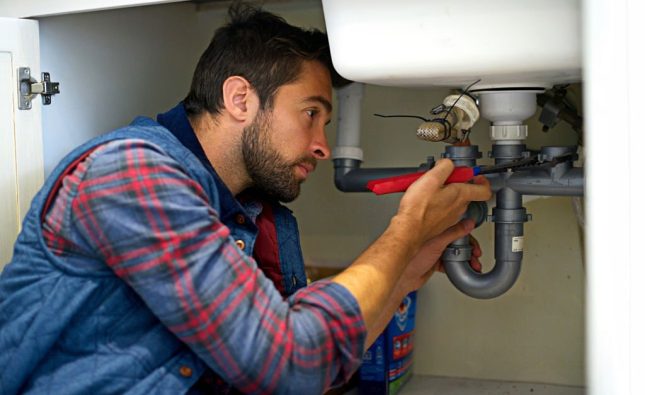
Pollinators are essential to the health and productivity of our gardens and ecosystems. While bees and butterflies are the most well-known pollinators, there are many other species that play a crucial role in pollination. By attracting a diverse range of pollinators to your garden, you can help to ensure the health and vitality of your plants, as well as support the wider ecosystem.
In this article, we’ll explore some of the lesser-known pollinators that you can attract to your garden, and provide tips on how to create a pollinator-friendly environment.
Moths
Moths are often overlooked as pollinators, but they play an important role in pollination, particularly for night-blooming plants. Unlike butterflies, moths are active at night, and are attracted to flowers with a strong fragrance. To attract moths to your garden, consider planting night-blooming flowers such as jasmine, moonflower, or evening primrose. You can also install a moth-specific light trap to attract and capture moths for observation.
Beetles
Beetles are another important group of pollinators, particularly for plants with large, bowl-shaped flowers. Unlike bees and butterflies, which are attracted to brightly colored flowers, beetles are drawn to flowers with a strong scent. To attract beetles to your garden, consider planting flowers such as magnolias, daisies, or sunflowers.
Flies
Flies are often thought of as pests, but they are also important pollinators, particularly for plants with small, inconspicuous flowers. Flies are attracted to flowers with a strong odor, and are particularly important for pollinating plants such as carrion flowers and skunk cabbage. To attract flies to your garden, consider planting flowers such as marigolds, zinnias, or daisies.
Hummingbirds
Hummingbirds are well-known for their role as pollinators, particularly for plants with long, tubular flowers. Hummingbirds are attracted to brightly colored flowers, particularly those in shades of red, orange, and pink. To attract hummingbirds to your garden, consider planting flowers such as fuchsia, salvia, or bee balm.
Creating a Pollinator-Friendly Garden
To attract a diverse range of pollinators to your garden, it’s important to create a pollinator-friendly environment. Here are some tips to get you started:
– Plant a variety of flowers that bloom at different times throughout the year, to provide a continuous source of nectar and pollen for pollinators.
– Avoid using pesticides and herbicides, which can be harmful to pollinators. Instead, use natural pest control methods such as companion planting and crop rotation.
– Provide shelter for pollinators, such as bee hotels, nesting boxes, and piles of leaves or twigs.
– Provide a source of water for pollinators, such as a shallow dish or bird bath.
– Consider creating a wildflower meadow or pollinator garden, which can provide a habitat for a wide range of pollinators.
In conclusion, by attracting a diverse range of pollinators to your garden, you can help to ensure the health and productivity of your plants, as well as support the wider ecosystem. By following the tips outlined in this article, you can create a pollinator-friendly environment that will benefit both you and the natural world around you.










